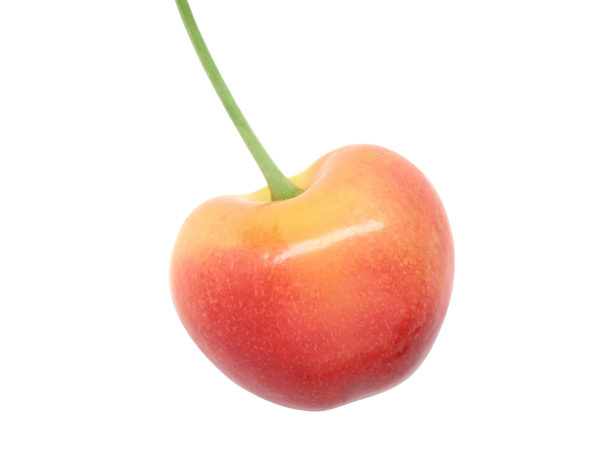YAKIMA — This year’s cherry crop may not be one for the record books, but industry experts say it will be respectable.
And while the harvest is likely to start slow, it will dramatically increase.
“When it comes, it’s going to come like a hurricane,” said B.J. Thurlby, president of the Washington State Tree Fruit Commission.
While spring started off on the cold side, Thurlby said the higher temperatures in May will help the cherries grow and even give Yakima County cherry growers a couple of days’ head start over cherry harvests to the east.
One question is how many boxes will head to markets in China, where authorities have imposed a 15 percent tariff in response to President Donald Trump’s call for taxes on Chinese imports and stepped up fruit inspections. Last year, about 13 percent of the state’s cherry crop went to China, surpassing Canada as the top importer of Northwest-grown cherries.
Last year, growers in Washington, Oregon, Montana, Idaho and Utah produced 26.43 million 20-pound boxes of cherries, according to the tree fruit commission.
Thurlby said Washington typically produces about 80 percent of the region’s cherries.
This year, the initial forecast is for 22.6 million boxes, about 15 percent less than last year. An updated forecast is expected Wednesday, when growers meet in the Tri-Cities.
Thurlby said it is not unusual to see cherry crops drop to a “moderate” level following a bumper year.
“We’re not seeing any holes,” Thurlby said. “It looks like most people have a crop.”
Ric Valicoff, co-owner of Valicoff Farms, said what this year’s cherry crop may lack in quantity compared to last year will likely be made up for in the quality of the fruit. At his orchards, workers will thin the crop to produce better fruit.
“If we sacrifice 15 to 20 percent (of the cherries) to get higher-quality fruit, it is worth it,” Valicoff said.
Growers anticipate the harvest will begin the first week of June with Chelan and Santinas, followed by Bing and Rainier varieties later in the month, Thurlby said.
But growers are watching to see how the trade dispute between the United States and China will play out when it comes time to export cherries. In 2017, China was the largest importer of northwest cherries, at almost 3 million 20-pound boxes, followed by Canada, which imported 2.7 million boxes.
In response to Trump’s call to impose tariffs on Chinese imports, Chinese officials announced they would increase their tariff on cherries from 10 to 15 percent, which could either mean lower prices for growers or higher costs for consumers.
Mark Powers, president of the Northwest Horticultural Council, said it is too early to tell what effect the tariffs will have on the market. He said a more pressing concern is more stringent fruit inspections in China.
“The California season has started, and they have test shipments and are running into problems,” Powers said.
He said the fact that the Trump administration has considered easing sanctions on some Chinese products suggests there may be some hope.



